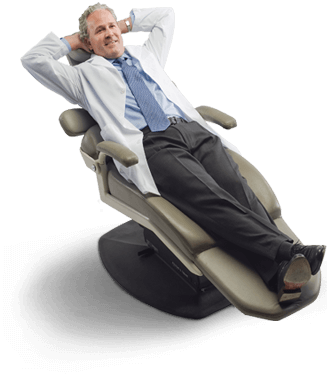Know Your Patient: Part 1
Knowing your patient beyond their surface structure is essential. It is a process of discovery that is fueled by curiosity. In my view, the critical elements include:
- Building trust
- Understanding the value and uniqueness of each person
- Uncovering the patient’s emotions about their dental health
- Facilitating the development of heath, function, and esthetic goals
- Exploring what is possible for them
Leadership Through Understanding
Why is this leadership? It is leadership because the practice leader is responsible for defining reality. The reality of what is important and how we act on those foundational beliefs. Those foundational beliefs that we call ‘values’ are the building blocks of our practice culture. That culture is defined by:
- What is our WHY? Is our WHY what we reference to make our decisions and manage our practice?
- What are the unique rules of behavior in this culture?
- How do we spend our time and resources?
- What defines success?
Knowing Your Patient
If practicing in a high trust relationship-based culture is what you desire, then knowing your patient is a cornerstone of your practice structure. It can act as a model for the rest of the critical relationships in and around your practice. If this is your culture, then all aspects of your practice are built around relationships.
Next are the relationships with and within your team. I was recently doing a presentation at a major dental meeting in which I was highlighting team roles and responsibilities. From the back of the room a dentist asked me how I attracted quality team members. My answer was simple:
“You have to be attractive to them.”
What I meant was that you have to study the marketplace and understand what the best candidates are seeking. Then, you actually have to deliver it.
To continue reading Part Two..…
How do you get to know your patient?
Related Course
E2: Occlusal Appliances & Equilibration
DATE: August 10 2025 @ 8:00 am - August 14 2025 @ 2:30 pmLocation: The Pankey Institute
CE HOURS: 44
Dentist Tuition: $ 7400
Single Occupancy with Ensuite Private Bath (per night): $ 345
What if you had one tool that increased comprehensive case acceptance, managed patients with moderate to high functional risk, verified centric relation and treated signs and symptoms of TMD? Appliance…
Learn More>





















